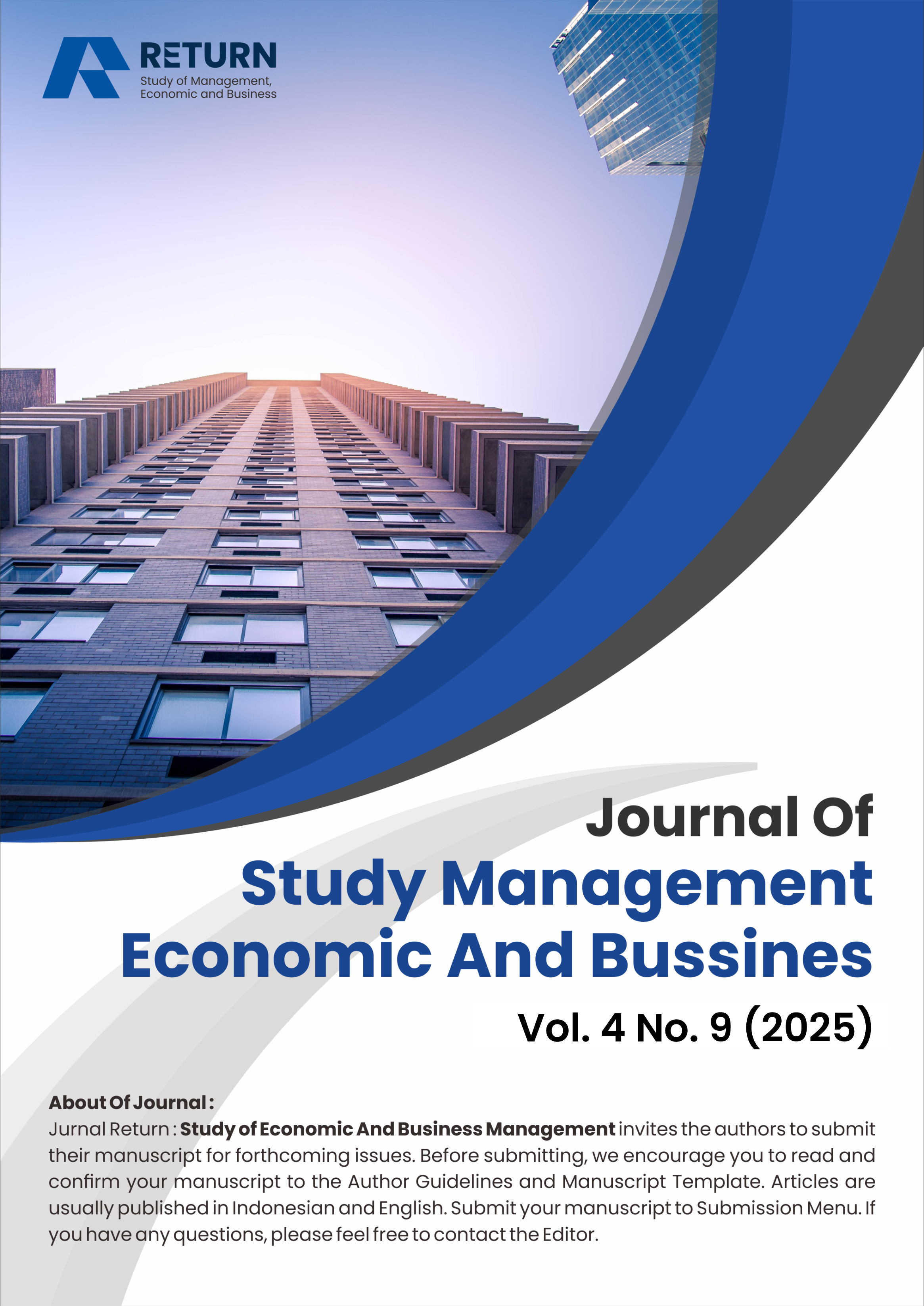Feasibility Study on The Implementation of Public-Private Partnership: Energy Conservation Based on Value for Money and Project Risk
DOI:
https://doi.org/10.57096/return.v4i9.401Keywords:
public-private partnership, value for money, street lighting, energy conservation, project risk, financial feasibilityAbstract
This study evaluates the feasibility of implementing Public-Private Partnership (PPP) schemes in the energy conservation sector, specifically for street lighting infrastructure in West Lombok Regency. The research employs Value for Money (VfM) analysis and comprehensive project risk assessment to determine investment viability. Using quantitative methodology, the study analyzes technical specifications, financial projections, and risk allocation strategies for 12,915 street lighting points across 10 sub-districts. Financial feasibility indicators show positive Net Present Value (NPV) of Rp 12.66 billion, Internal Rate of Return (IRR) of 15.81%, and payback period of 4.76 years. The Weighted Average Cost of Capital (WACC) is calculated at 9.34%. Risk analysis identifies 24 critical risks categorized across planning, construction, and operational phases, with appropriate mitigation strategies. The study concludes that PPP implementation for street lighting in West Lombok Regency is technically and financially feasible, offering energy efficiency improvements of up to 60% compared to conventional systems while ensuring sustainable public service delivery through availability payment mechanisms.
Downloads
Published
Issue
Section
License
Copyright (c) 2025 Oviyan Patra, Farizha Fadhilla Ilyas, Hendy Suryana

This work is licensed under a Creative Commons Attribution-ShareAlike 4.0 International License.







